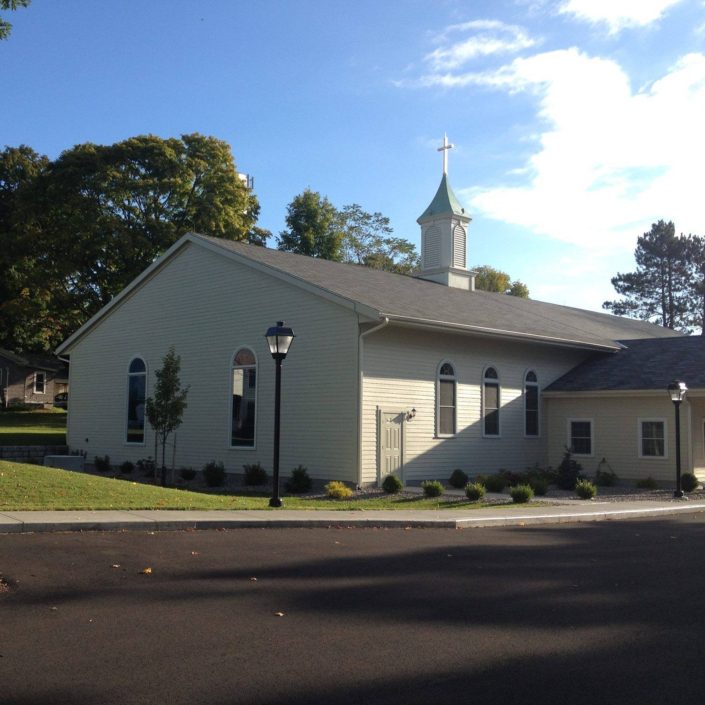
Land Where The Partridge Drums
A History of the Akwesasne Mohawk Nation
New York Disposes of Northern New York (continued)
by Darren Bonaparte
The deputies retreated for a few days to discuss the revelation of Cook’s involvement in the Livingston Lease. They returned on the 28th of May to respond to the latest offer. William Gray, who did most of the speaking for the Seven Nations delegation, started off by attacking the “evidence” of the Livingston Lease.
“We have strictly examined Colonel (Louis) that was present when these purchases were made, of those nations, and he solemnly declares that he did not know of their selling any part of our lands, or any other, only (the) lands that belonged to them, and we take him to be a man of better principles, than to be a witness to so great a peice of misconduct against his own tribe, and then not to inform us of it before this time; we therefore must needs tell you, that we think there is a great deception in those deeds, as there has been in many other former purchases from our brother Indians, and to convince you, brothers, that we do not make an unjust demand; was it not for our poverty, we should not have requested you to have been at the expense of calling the different nations for witnesses between you and us, as we wish to convince you that we are a people that always have acted on honest principles, and mean to continue in doing the same.”
Reminding the agents that “a nation or people without lands, are like rogues without friends,” the deputies agreed to modify their claim to the following:
“Beginning at…the head of the second inland above Long Saut, on the River St. Lawrence, and run down the stream of the said river, ten miles below the village of St. Regis,; then back into the woods twenty-ane (sic) miles, then westwardly in rear the same distance as in front, and from thence to the river, opposite to said island, to the place of beginning.”
They also mentioned off the record that the Indians of St. Regis operated mills on the Grass River and Salmon River which they would also like included in the settlement. The agents for New York considered this quite reasonable, and on May 31, 1796, a treaty was signed which contained these provisions. It set aside a mile square on both rivers, at the present location of Massena and Fort Covington, and a meadow along the Grass River used by Mohawk farmers, in addition to the six square miles as set aside in Macomb’s purchase. The deputies were also given presents and compensation for their role in the negotiations which would be theirs to keep exclusive of the settlement or annuity for the rest of their tribe.
It is interesting to note that William Gray had been renting the land on the Salmon River from the chiefs of St. Regis since 1793. Within two years of the 1796 treaty the land (and mill) passed to James Robertson of Montreal. The mile square in Massena, were another mill had been in operation since 1792, was Colonel Louis’ neighborhood.
Next week: Enter Joseph Brant
By Darren Bonaparte, historian and author of The Wampum Chronicles. Reprinted with permission.
Darren Bonaparte is a cultural historian from the Akwesasne First Nation. He is a frequent lecturer at schools, universities, museums, and historical sites in the United States and Canada. He has written four books, several articles, and the libretto for the McGill Chamber Orchestra’s Aboriginal Visions and Voices. Darren is a former chief of the Mohawk Council of Akwesasne. He is the creator of The Wampum Chronicles and historical advisor to film and television. He currently serves as the Director of the Tribal Historic Preservation Office of the Saint Regis Mohawk Tribe.














